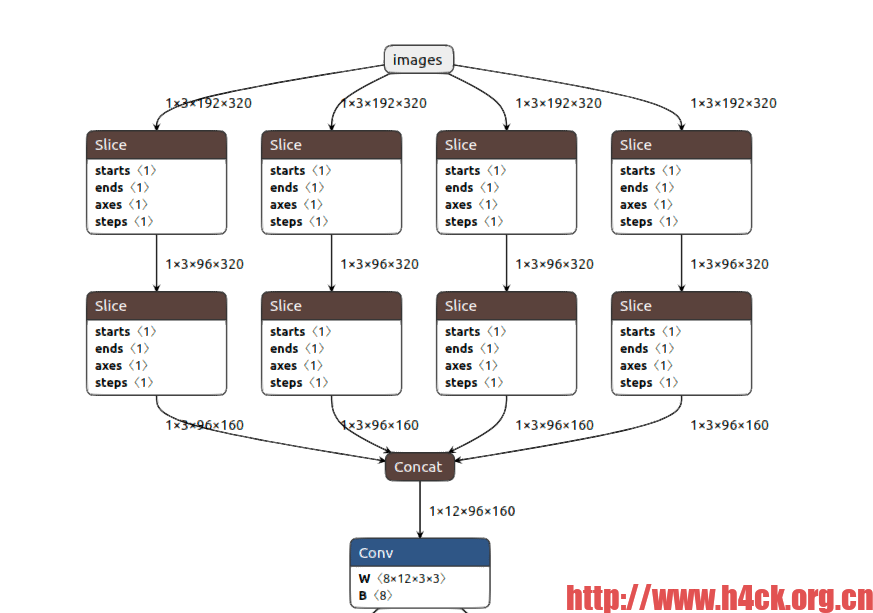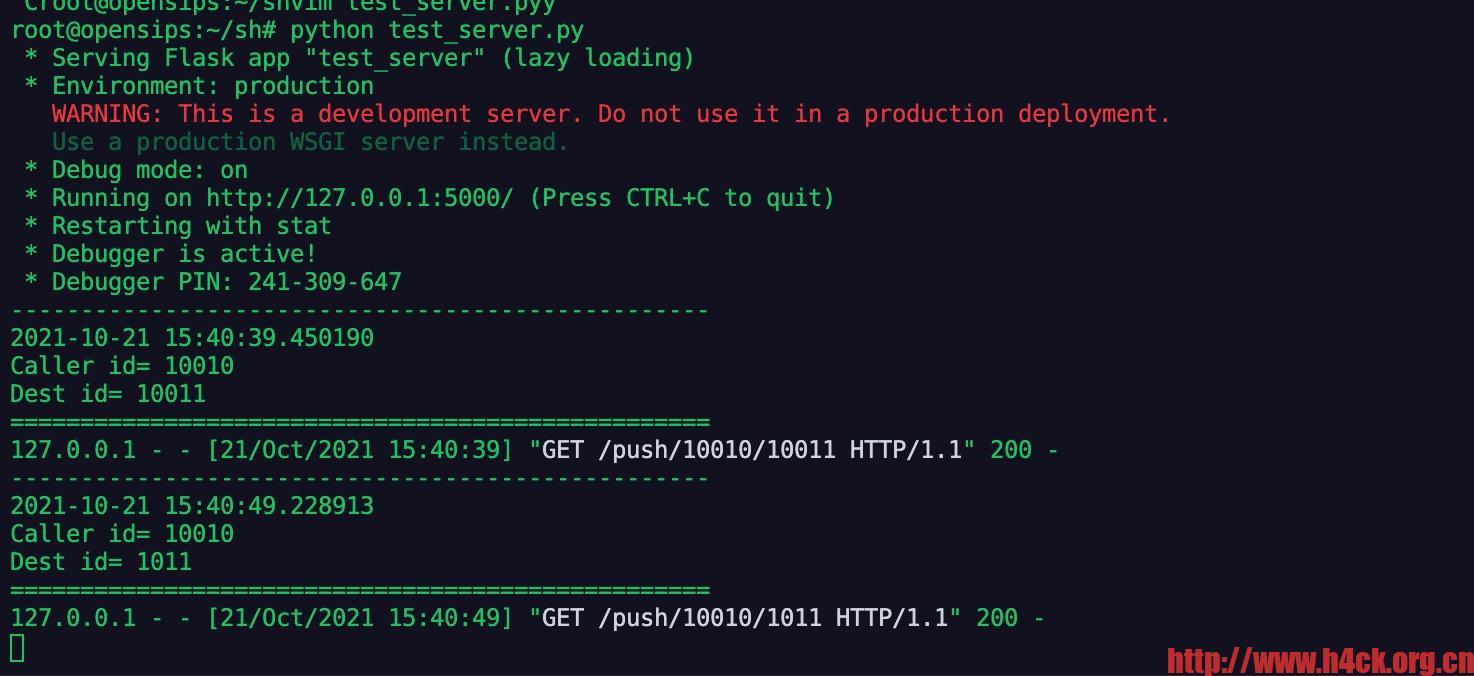我增加了几个重要的参数:
****************************************************************************************************
USAGE:
spider -h <help> -a <all> -q <search>
Arguments:
-a <download all site images>
-q <query the image with keywords>
-h <display help text, just this>
Option Arguments:
-p <image download path>
-r <random index category list> (该参数会重新排列分类列表,可以开启多个进程同时进行爬取)
-c <single category url> (支持单分类爬取,如果只想爬取某一个分类请使用该参数)
-s <site url eg: http://www.xiurenji.vip (no last backslash "/")>
****************************************************************************************************
秀人集爬虫 【22.1.20】【OS X】【m1版本】
***********************************************************************************
参数说明:
/Users/zhongming/PycharmProjects/meitulu/dist/xiurenji/xiurenji
USAGE:
spider -h <help> -a <all> -q <search>
Arguments:
-a <download all site images>
-q <query the image with keywords>
-h <display help text, just this>
Option Arguments:
-p <image download path>
-s <site url eg: http://www.xiurenji.vip (no last backslash "/")>
***********************************************************************************
秀人集爬虫 【22.1.20】【Windows】
参数说明:
****************************************************************************************************
USAGE:
spider -h <help> -a <all> -q <search>
Arguments:
-a <download all site images>
-q <query the image with keywords>
-h <display help text, just this>
Option Arguments:
-p <image download path>
-s <site url eg: http://www.xiurenji.vip (no last backslash "/")>
****************************************************************************************************
性感美女爬虫 Windows【22.01.11】
安卓广告跳过 yolov5 ncnn方式集成
代码原地址: https://github.com/nihui/ncnn-android-yolov5
我在这里只是替换了模型信息,其余的内容基本没有修改。
原工程并没有写如何进行模型转换,模型转换可以参考这篇文章:https://blog.csdn.net/flyfish1986/article/details/116604907里面写的比较详细了。
这里简单的做个备份,不想跳转的可以直接参考下面的内容:
模型转换为ncnn格式
- 导出onnx
bash
python models/export.py --weights yolov5s.pt --img 320 --batch 1- onnx-simplifer简化模型
bash
python -m onnxsim yolov5s.onnx yolov5s-sim.onnx- 专函为ncnn
bash
./onnx2ncnn yolov5s-sim.onnx yolov5s.param yolov5s.bin- 处理转ncnn产生的Unsupported slice step !
1).处理YOLOv5的Focus模块,将多个slice节点转换为一个focus节点

Freeswitch sip Push notifications
不管是安卓还是ios现在多数的app都无法长时间在后台运行(特殊权限以及应用除外),如果要想在app没有激活或者被冻结的情况下接收到来电,那么就需要先推送一条通知。
搜了一下有这么个插件:https://github.com/sem32/freeswitch-PushNotificator 尝试了一下发现编译起来比较麻烦,后来发现了这篇文章:https://www.zoiper.com/en/tutorials/push-notifications参考里面的关键代码,包含一个push.sh,代码如下:



